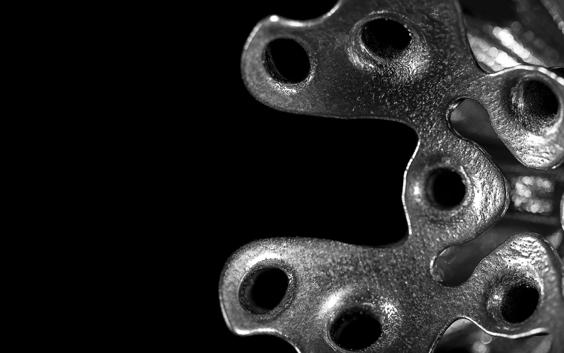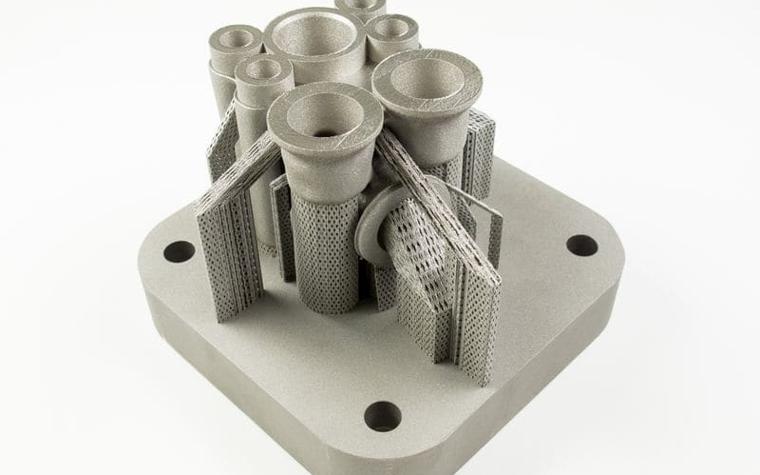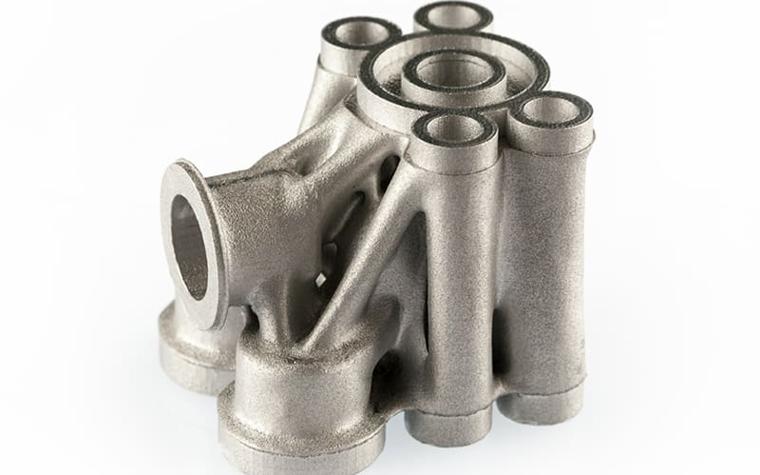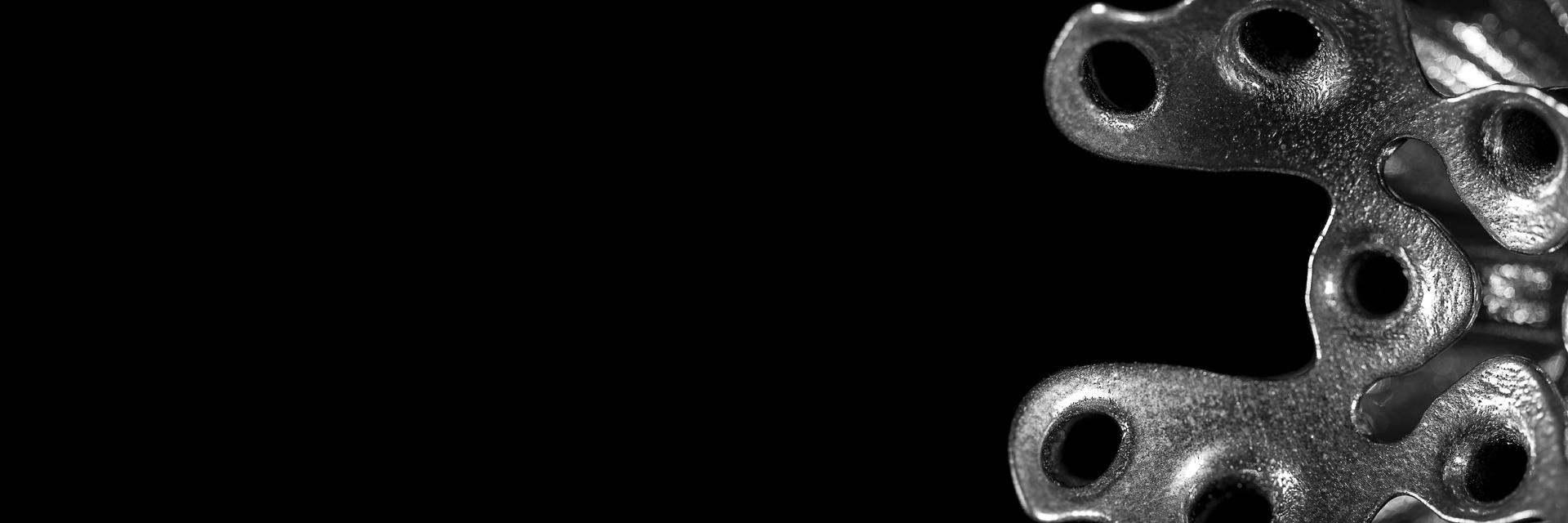CASE STUDY
VTT Presents an Organic, Lightweight Hydraulic Valve

The VTT Technical Research Centre of Finland wanted to produce a strong and light hydraulic valve with minimal risk of leakage. Since this is an impossible challenge with traditional manufacturing technology, VTT decided to explore the possibilities of 3D printing.
A conventional pressure valve consists of a solid block of material in which internal channels are created with straight and circular drillings. Afterwards, some auxiliary drillings need to be plugged, which creates the risk of leakage. The VTT Technical Research Centre of Finland, the largest multidisciplinary research organization in Northern Europe, decided to explore the possibilities of 3D printing to create the ideal hydraulic valve—lighter, with a better fluid flow and with minimal risk of leakage—for their customer Nurmi Cylinders. VTT relied on Materialise software Materialise 3-matic to enhance the design optimized with Altair software. Altair’s OptiStruct was used for the topology optimization and to define the optimal placement of material within the design space, while Materialise 3-matic was needed to smooth the resulting mesh and turn it into the printable shape.


Cleaning up rough data: from days to hours
3D printing offers the advantage of more design freedom. The most complex shapes, which are impossible to produce with conventional production methods, can be brought to life with 3D printing. Therefore, VTT and Nurmi Cylinders were able to cost-efficiently produce a lightweight hydraulic valve with minimal risk of leakage.
Topology optimization is a popular technique to reduce the weight of an object without compromising its strength. Those familiar with the technique will know that the result is an organic and very rough file with sharp edges that are prone to accumulating stress in local regions. Since redesigning the topology can take days, VTT used Materialise 3-matic to clean up the rough topology data in just a few hours. After an FEA simulation, they were sure that the resulting model had no local stress regions.


No laborious redesign to CAD
Many companies use topology optimization software and then spend much time and effort to redesign the optimized model in CAD. In fact, this is not the fastest way to success. VTT enhanced the hydraulic valve in STL in Materialise 3-matic, positioned the part, created support structures in data preparation software Materialise Magics, and sent the file directly to the SLM metal printing machine. This clever action saved VTT an impressive amount of time. The SLM Build Processor smoothly communicated the data to the printer, divided the part in slices and created the appropriate laser scan strategy.
This was an ideal project to use 3D printing, since it was a bionic design produced in small series. The final part is excellent in terms of weight, performance, costs and time investment. The printed end-part only weighs 600g compared to the original 2.5kg, or an impressive weight reduction of 76%. The smooth transitions between the internal channels improve the flow of fluids, and since no auxiliary drillings were necessary the risk of leakage is greatly reduced. Finally, VTT saved a lot of time since they didn’t have to go through the difficult job of directly redesigning the topology data to CAD. They avoided this burdensome step by working immediately on the topology data with Materialise 3-matic.
Share on:
This case study in a few words
Services bureaus
Automotive
Materialise 3-matic
Magics
Metal 3D printing
Build processor
Speed up cleaning up rough topology-optimized data of a valve
Avoid redesign in CAD
How we helped
Improve production efficiency, automate repetitive tasks, and optimize print success rates with industry-leading data and build preparation software.
Slice and send jobs to 3D printers based on machine-specific strategies or optimize custom scan path strategies with our software development kit.
